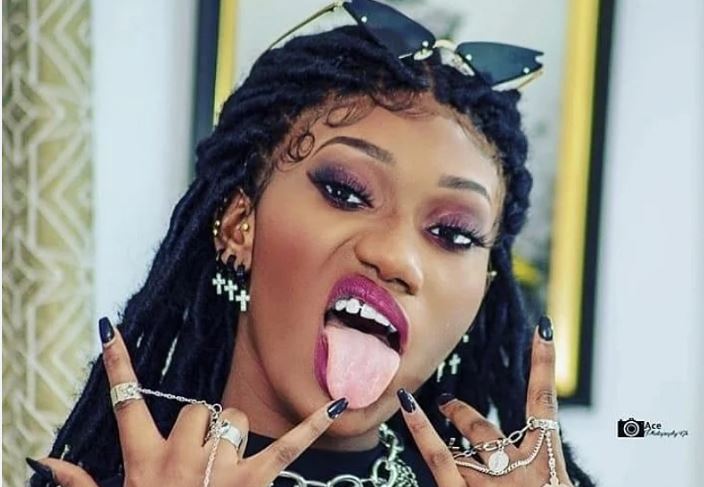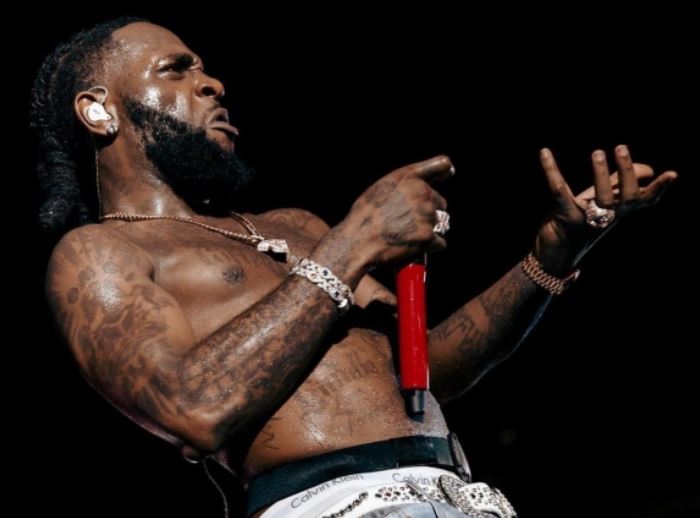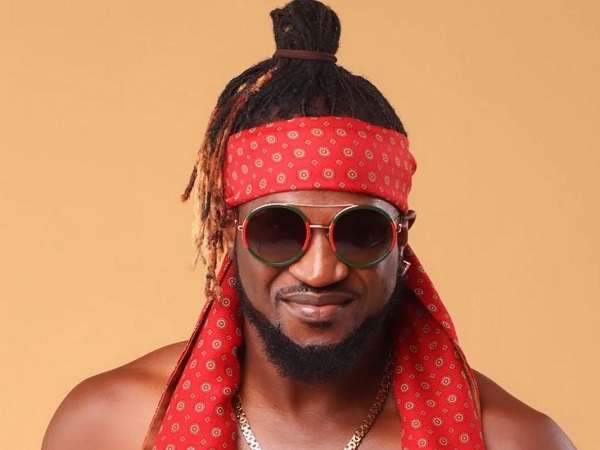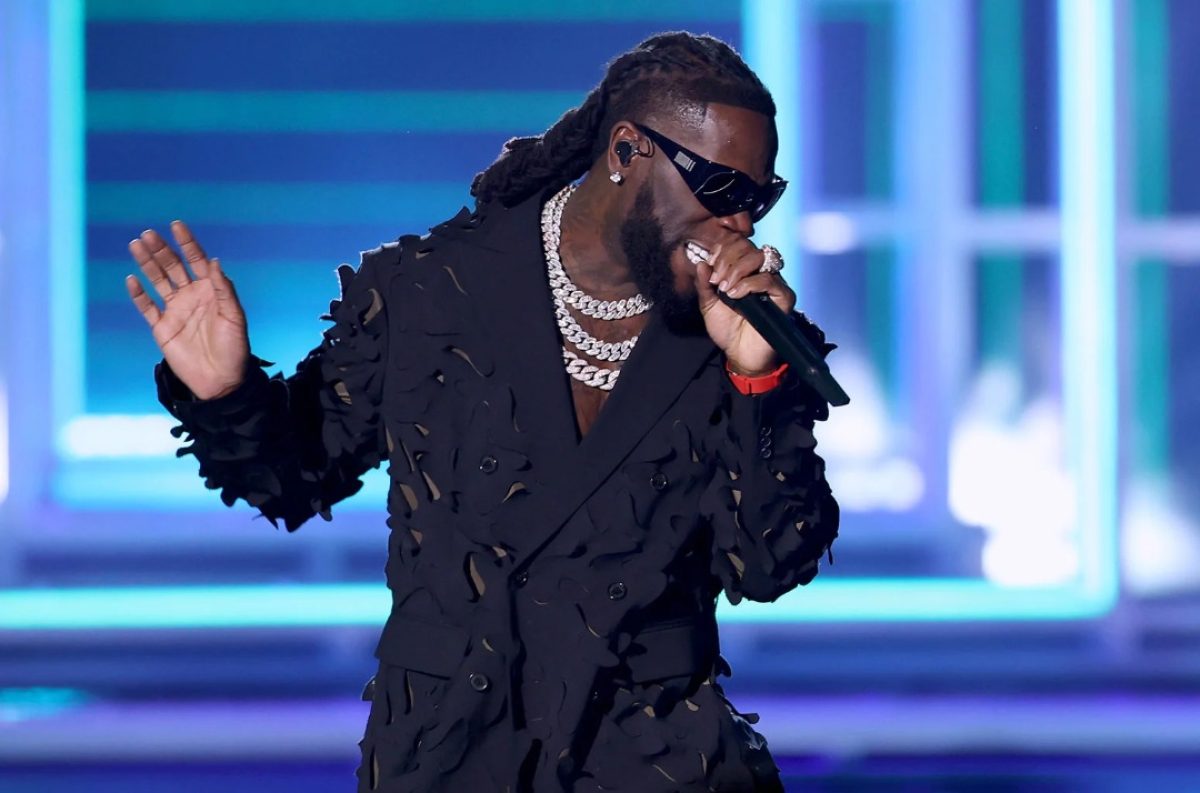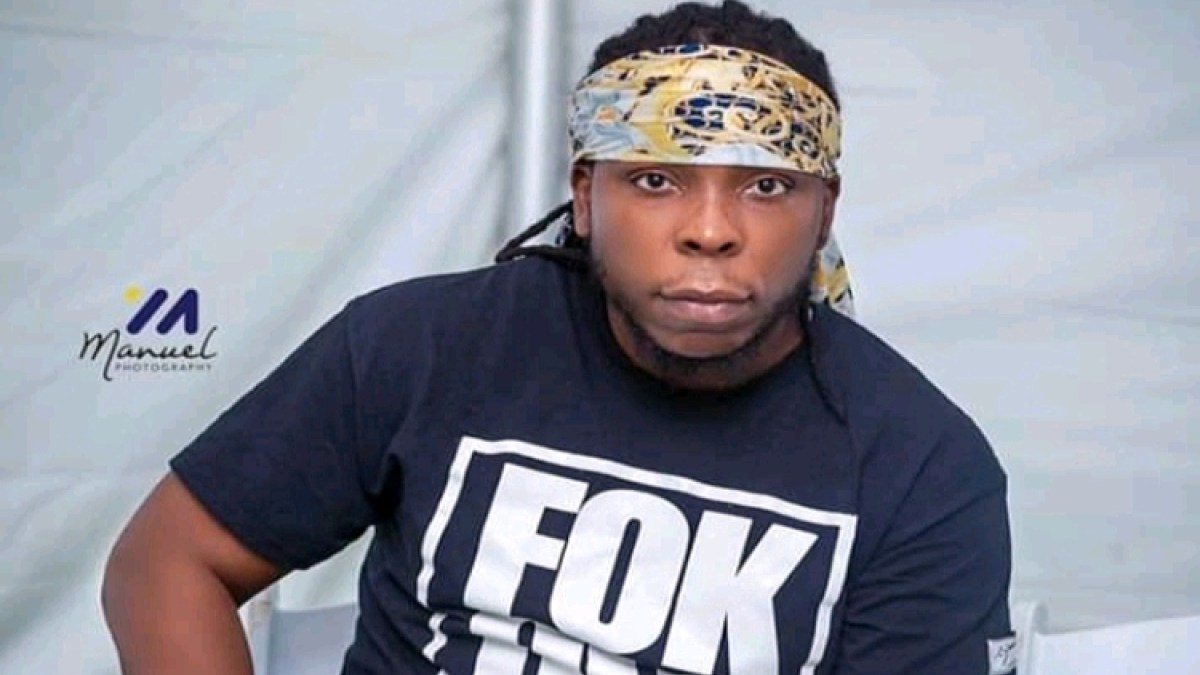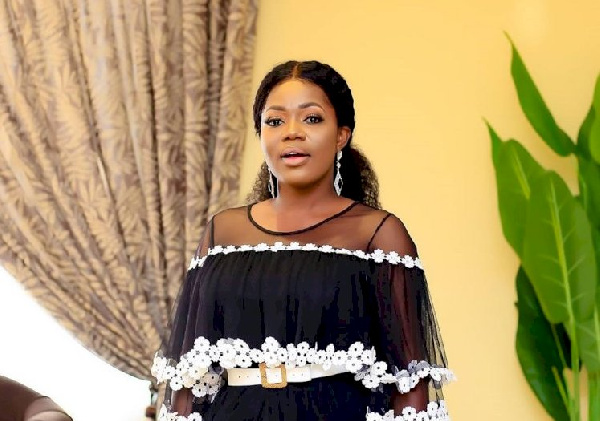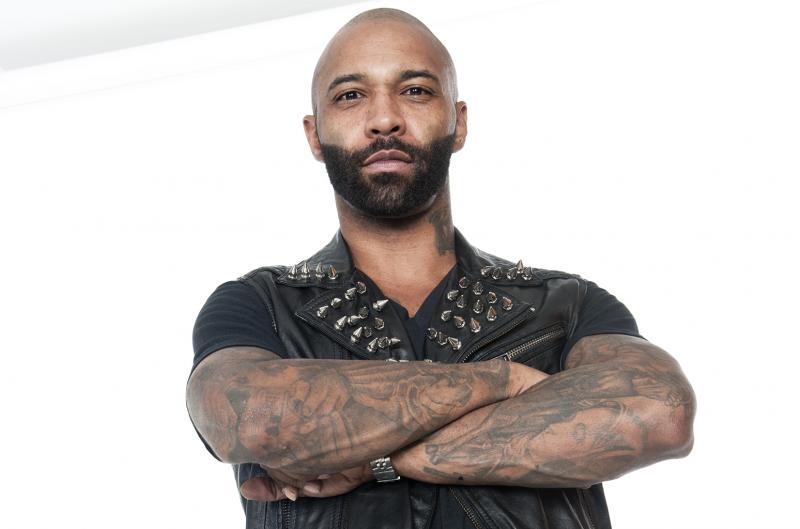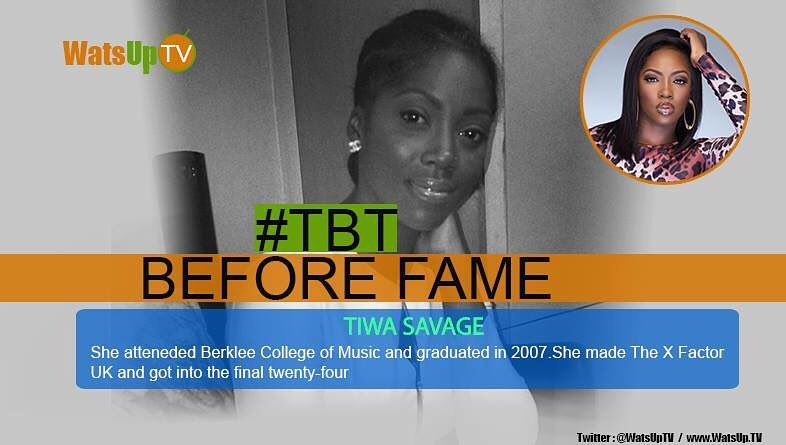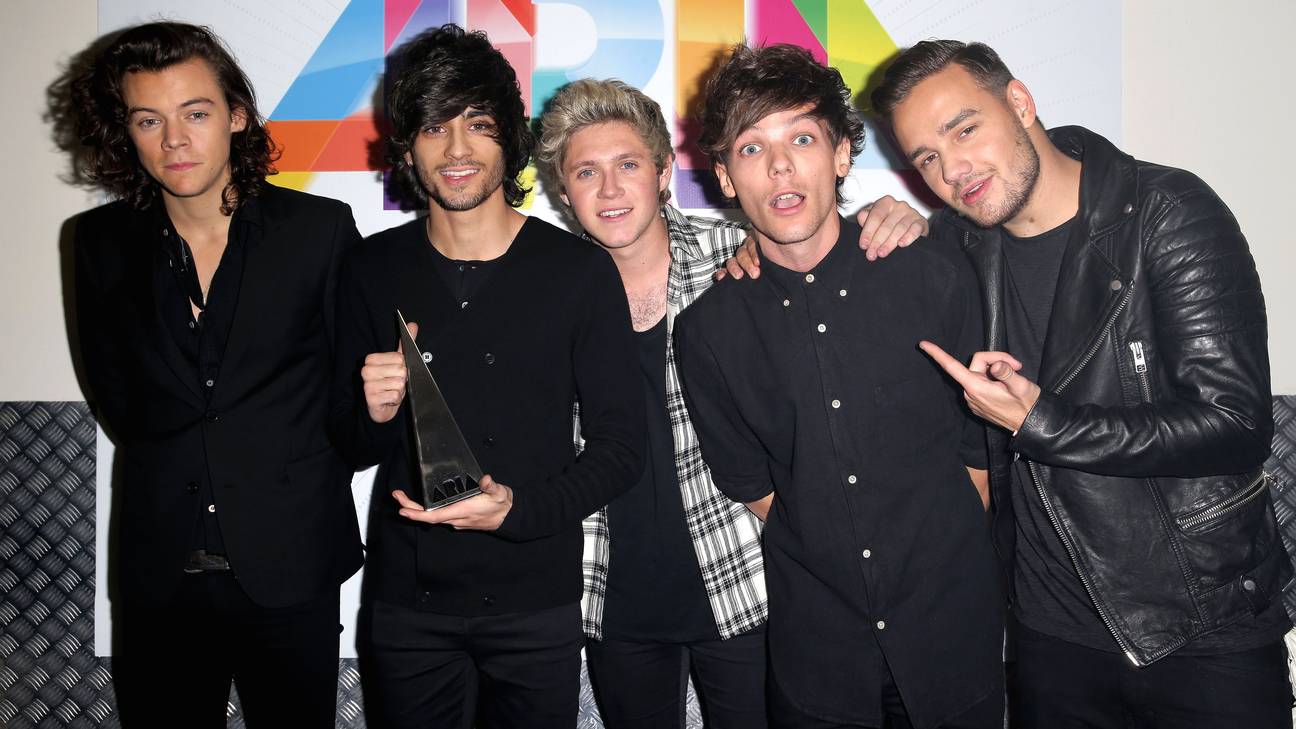
THERE WILL NEVER BE ANOTHER BOY BAND LIKE ONE DIRECTION
Two years ago this week, Zayn Malik did the unthinkable. After an emotionally and physically exhausting half-decade with the group, he broke up with One Direction forever and changed the course of boy-band destiny. 1D as we knew them were over — and with them went the possibility for any true successors.
Of course, when we first saw Zayn’s official statement — and even when the group went on indefinite hiatus a few months later — we weren’t aware that a historic era had ended forever. How could we be, as the remaining members went on to release a new album together and peppered their final show dates with promises to return? (And before anybody gets mad at me: Yes, I know they still might.)
The rest of 2015 was an emotional roller coaster for Directioners, defined by rumors of burgeoning solo careers, babies, and that weird feud between Louis, Zayn, and Naughty Boy. In the wake of it all, most of us just wanted some semblance of the One Direction of yore — the band that gave us a live camera feed into their homes and made us feel like we were hanging out with them too. Instead, we were met with reality: The boys were growing up, moving on, and while they were still friends, nothing would ever be the same.
Especially not the idea of boy bands as we knew them. Where NSYNC and Backstreet Boys were assembled away from the cameras by manager (and Ponzi schemer) Lou Pearlman in the 1990s, One Direction were up-front about who they were from the start. We watched in real time as Simon Cowell used The X Factor as the basis for his impromptu social experiment by grouping five boys from across the U.K. and Ireland into a band. We followed them from first auditions to lessons in harmony, watching them morph from adorable musical hopefuls to a bona fide pop-culture phenomenon.
Unlike almost any pop act before them, then, 1D offered few real mysteries. They appeared on talk shows, on panels, and at music venues as their brand continued to grow. “What Makes You Beautiful” catapulted them from U.K. fame to world domination, and the bigger their careers became, the more accessible they seemed. You could reach out to them on Twitter. You could buy One Direction dolls, postcards, books, pillows, blankets, and cardboard cutouts — and then you could see the gang’s own moms buy those same cardboard cutouts in This Is Us, the up-close-and-personal 2013 doc about the realities of being a touring boy band.
And the One Direction machine never stopped. Where the ’90s and 2000s granted band members brief reprieves from time to time thanks to a lack of social media, 1D was consistently plugged in, cementing themselves as being only an @ away. Even after Zayn left, as Louis entered fatherhood and Liam, Niall, and Harry began navigating their own friend circles and social lives, they still seemed available. The band was winding down, but the four remaining members still lent themselves to our hopes and dreams and gave us enough space on which to project them. I mean, hi: It’s been over a year since their hiatus began, and the boys are still assuring us that one day they’ll be back — which is on par with a regular person promising their first boss that while they no longer identify as a sandwich artist, one day they’ll hop behind that counter again and make their own sub.
1D's commitment to transparency and availability is the biggest reason why any boy bands of the future are doomed to pale in comparison. Just as we’ve seen the way the band began, succeeded, and eventually shut down, the next generation of musicians, producers, and Simon Cowells have seen the same — and if they're smart, they've figured out which parts of that cycle to avoid in order to maintain a sense of mystery as well as the emotional and mental health of those involved. Even if someone tries to directly replicate One Direction's success with no tweaks to the formula, the fact remains that we now know a lot more about how the boy-band machine works in the modern era. Any band that infringes on the tactics that 1D pioneered will likely seem like they’re capitalizing on the success of an act that did it better.
Which is also why a 1D reunion, while it would be amazing, probably shouldn’t happen for a while. In the two years since Zayn’s departure, the boys have begun to branch out and develop their own careers and perspectives that are crucial to both artistic and personal growth. Liam’s about to be a dad. Louis’s collaboration with Steve Aoki signals a shift in his musical preferences. (Remember when he auditioned for X Factor with a song by the Plain White T's?) Harry’s going to be in one of the year’s most anticipated films. Niall is flying the Ed Sheeran flag of folky guitar rock. And Zayn’s a pop star in his own right.
None of the above could have been realized if they’d stuck together. Which means that the more time they spend apart, the more they’ll have to bring to the table when they do venture back to it.
But until that happens, let's pour one out for the band that was and the bands that will never be. Before breaking our hearts with their hiatus, One Direction broke the mold for any acts hoping to mimic the historic popularity of a group that couldn’t dance to save their lives. Which means that any boy band we meet next has to build an entirely new set of moves.
Source : MTV



